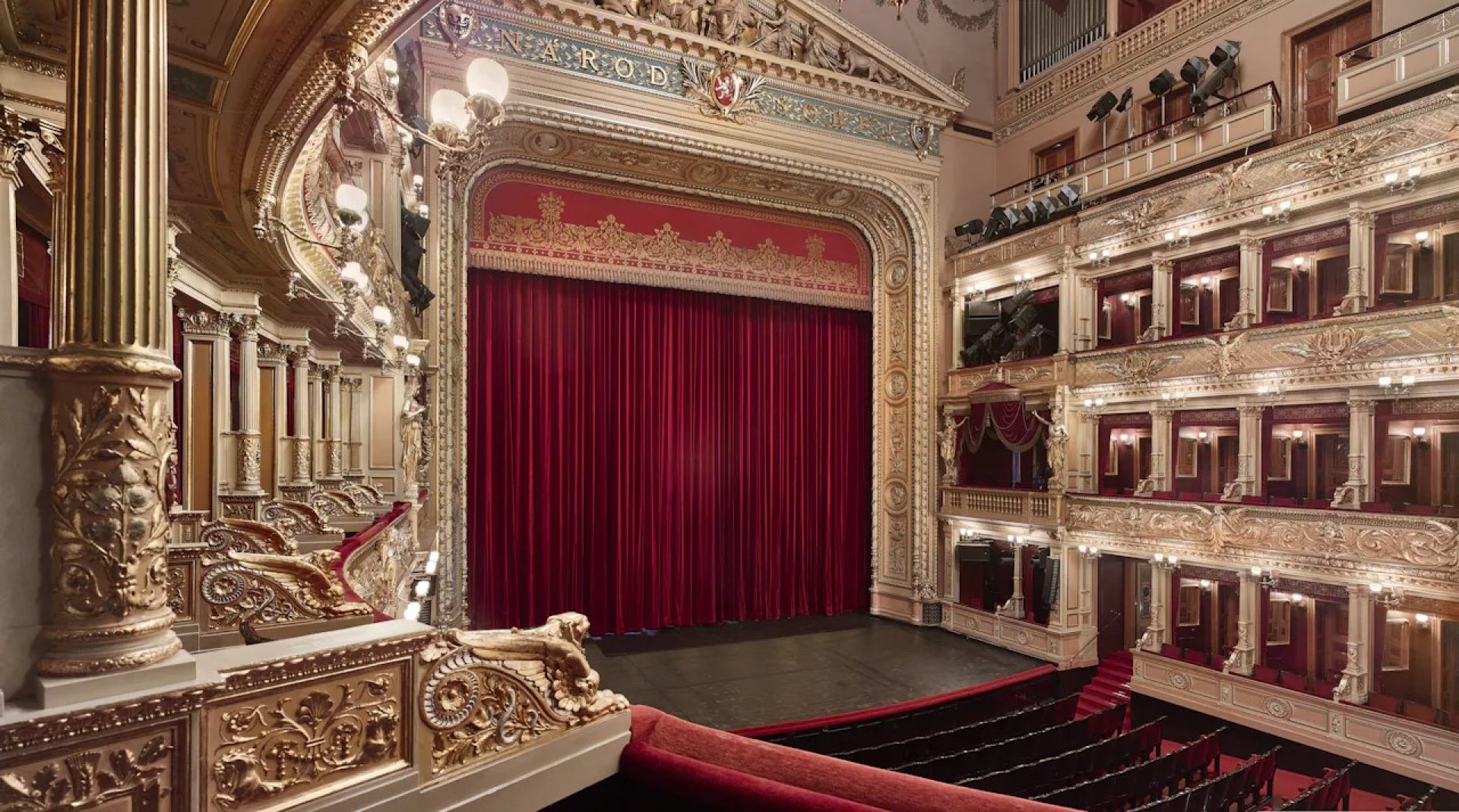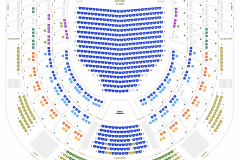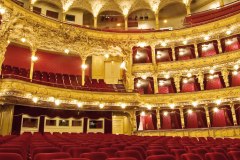Coppelia
Mo | Tu | We | Th | Fr | Sa | Su |
The mesmerising comic ballet for audiences young and old is one of the staples of the global dance repertoire. A treasure of the cultural legacy, it has been staged worldwide ever since its premiere in Paris in 1870.
Based on Marius Petipa’s version of the original ballet, created by Arthur Saint-Léon, and set to Léo Delibes’s sublime music, Ronald Hynd’s 1985 choreography radiates classical beauty.
The enchanting sets and costumes for the production have been designed by Roberta Guidi di Bagno. The ballet depicts the story of Swanilda, the daughter of the mayor of a small town, and her wilful fiancé Franz. Their relationship runs into trouble when the eccentric Dr. Coppélius makes the charming life-size doll Coppélia.
“There is no prince or princess, there are no swans or sleeping beauties. Only two villagers, a boy and a girl falling in love with each other. It’s about life … I think that is precisely why the ballet is so popular. Audiences can identify with the simple fetching story.”
- Ronald Hynd -
Program and cast
Choreography - Ronald Hynd after Marius Petipa
Music - Léo Delibes
Sets and costumes - Roberta Guidi di Bagno
Orchestra - State Opera Orchestra
Prague State Opera
The State Opera today
The State Opera (formerly the State Opera Prague, between 1948 and 1992 the Smetana Theatre, and originally the New German Theatre) has been a part of the National Theatre since 2012. The Opera and Ballet ensembles give repertory performances at the State Opera.
History
The Prague State Opera resides in the building which on January 5, 1888 was opened as a Prague German stage with the performance of Wagner’s opera, The Mastersingers of Nürnberg. In the 19th century, Prague Germans performed in the Estate’s Theater in alternation with a Czech company. Desire for their own theater led to negotiations in 1883 for the construction of a new theater building for the German Theater Association. Over the next three years, a blueprint was drawn up and handed over to the Vienna atelier of Fellner and Hellmer. Also sharing in the design was the architect of the Vienna Municipal Theater, Karl Hasenauer, while Prague architect Alfons Wertmüller took part in the construction. Financing came from private collections. With its spacious auditorium and neo-Rococo decoration, this theater building is among the most beautiful in Europe.
Access:
By car
On Wilsonova street, from the left lane close to the State Opera building take the slip road to the Slovan above-ground garage. The parking fee is 40 CZK/h.
By tram
By daytime tram No. 11 to the stop “Muzeum”, through the underpass beneath Legerova street in the direction of the NationalMuseum, at the crossroads turn right along the NewBuilding of the NationalMuseum.
By daytime trams Nos. 3, 9, 14 and 24 or night trams Nos. 51, 52, 54, 55, 56 and 58 to the stop “Václavské náměstí”, then by foot uphill on the left side of the Wenceslas Square to the traffic lights across Wilsonova and Vinohradská streets. Then turn left along the NewBuilding of the NationalMuseum.
By metro
To the “Muzeum” station, lines A and C (green and red), and then by foot along the NewBuilding of the NationalMuseum.

 EN
EN DE
DE IT
IT FR
FR ES
ES RU
RU JP
JP RO
RO
 Seating plan
Seating plan 